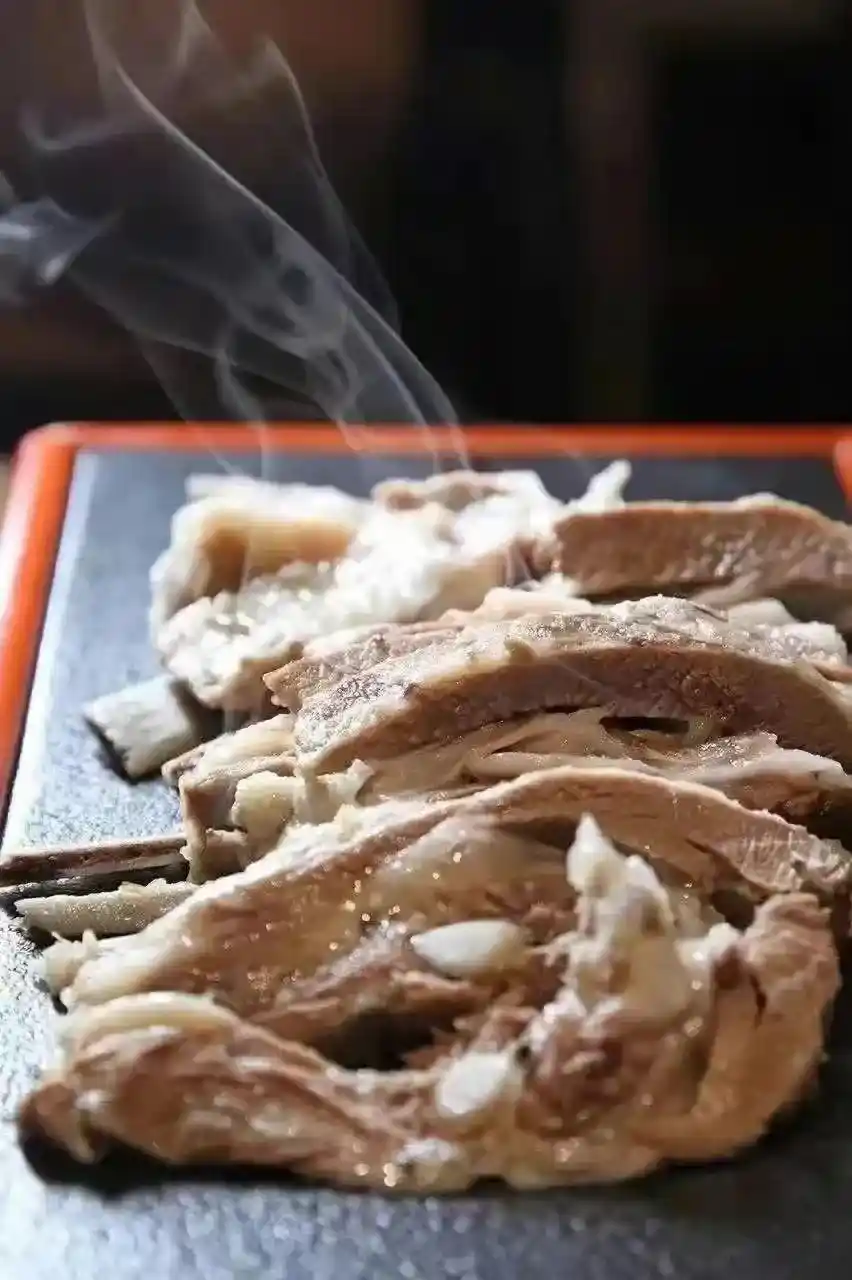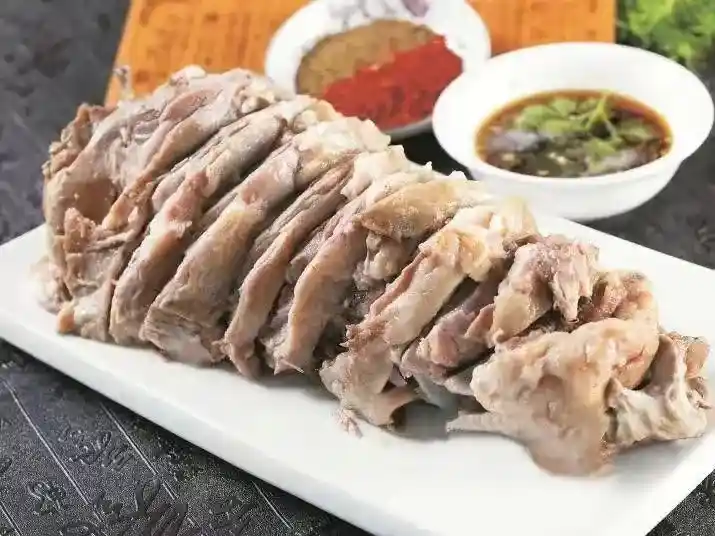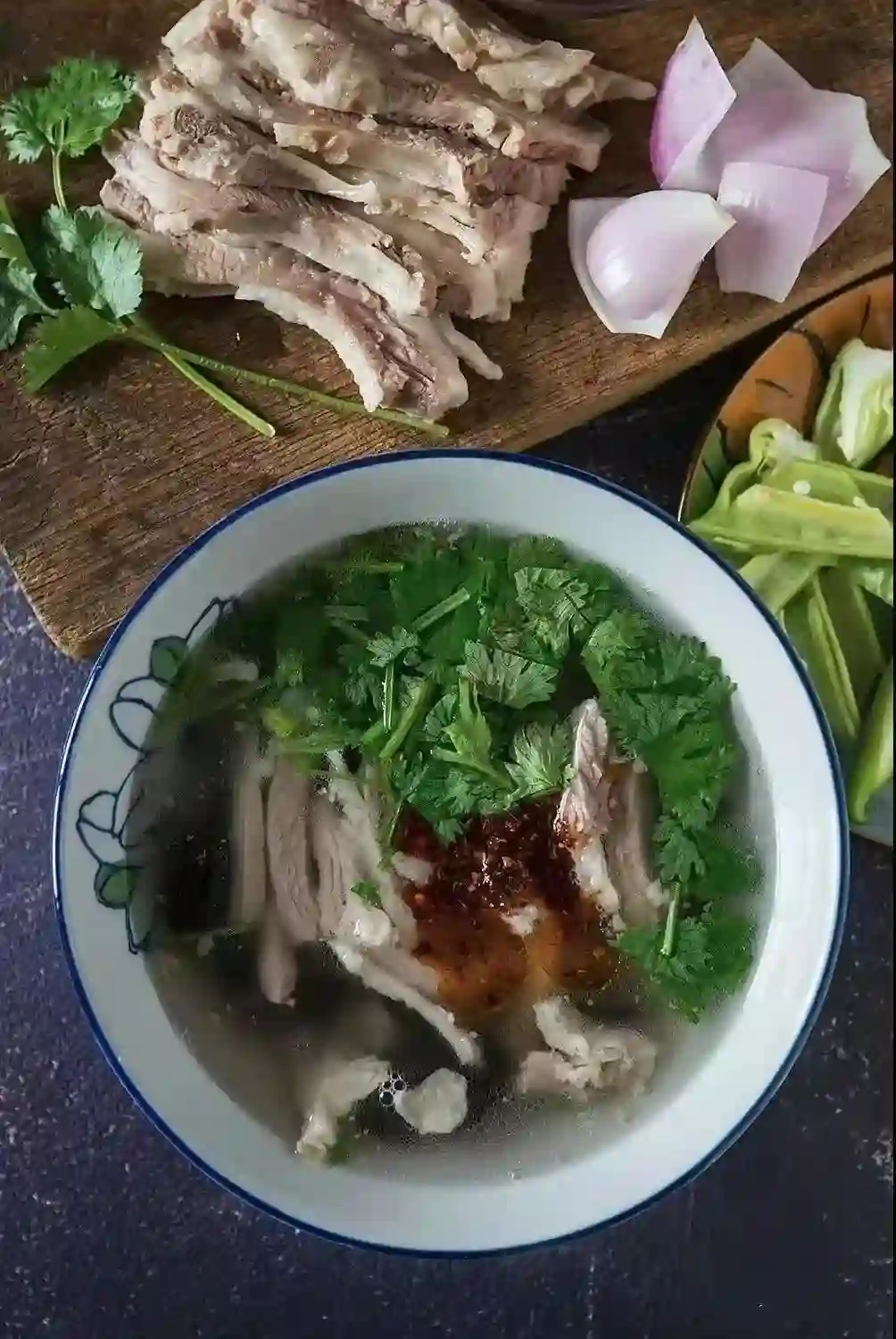
Historical and Cultural Background
The history of hand-pulled lamb dates back several centuries. It is said that in ancient times, the nomadic peoples living in the Northwest, such as the Hui and Uyghur ethnic groups, relied heavily on sheep as an essential resource and food source due to the vast grasslands and deserts where they resided. This dietary habit became deeply integrated into their daily life and culture.
During the Tang Dynasty, hand-pulled lamb had already become a significant delicacy in the Northwest. With the opening and flourishing of the Silk Road, the preparation and consumption methods of hand-pulled lamb gradually spread to a broader area. The Silk Road served not only as a trade route but also as a crucial channel for cultural exchange, allowing the unique flavor of hand-pulled lamb to be appreciated by more people. This cross-cultural exchange has also made hand-pulled lamb an important element of both Chinese cuisine and travel in China.
Preparation Method
The key to making hand-pulled lamb lies in selecting high-quality lamb, usually fresh leg or ribs. The preparation process includes the following steps:
Selecting the Meat: Choose fresh lamb, preferably slaughtered on the same day, to ensure tenderness.
Cleaning: Clean the lamb thoroughly to remove blood and impurities.
Cutting: Cut the lamb into large chunks, roughly the size of a fist, to ensure the meat does not become too loose during cooking.
Soaking: Soak the cut lamb in cold water for about 30 minutes, changing the water midway to remove blood and impurities, ensuring the lamb remains tender.
Cooking:
Ingredients Preparation: Prepare green onion sections, ginger slices, Sichuan peppercorns, bay leaves, and cardamom.
Boiling the Meat: Place the lamb in a large pot, add enough water to cover the meat, and then add the prepared ingredients. Bring to a boil over high heat and skim off the foam to keep the broth clear.
Simmering: After the water boils, reduce to medium-low heat and simmer for 1-2 hours until the lamb is fully cooked and tender. You can add salt to taste during the simmering process, but avoid adding too many spices to preserve the original flavor of the lamb.
Seasoning: Besides the basic salt seasoning, you can add a bit of pepper powder or other spices according to personal preference to enhance the flavor further.
Tasting Method
The traditional way of eating hand-pulled lamb is unique. The most authentic way is to grab the meat directly with your hands. Dipping the lamb in a little salt or pepper powder brings out its fresh taste, with tender and smooth meat that retains the natural flavor of lamb. In some places, it is also paired with onions or raw garlic to enhance the taste.

Nutritional Value
Hand-pulled lamb is not only delicious but also rich in nutrients. Lamb is high in protein and low in fat, containing abundant vitamins and minerals. It is especially suitable for people in cold regions, providing warmth and protection against the cold. Additionally, lamb is warm in nature, helping to replenish qi and blood, warm the kidneys, and nourish the body, making it an ideal food for health.
Cultural Significance
Hand-pulled lamb holds deep cultural significance in the Northwest. It is an indispensable dish at major festivals, weddings, and religious celebrations, symbolizing hospitality and reflecting the local people's aspiration for a good life.
The cultural significance of hand-pulled lamb in the Northwest extends beyond being a dish. It carries the wisdom and historical memory of the Northwest people. For the local Muslim community, hand-pulled lamb is an essential part of religious ceremonies and family gatherings. For instance, during the Hui Muslim holiday of Eid al-Adha, hand-pulled lamb is a centerpiece of the festive feast. Eid al-Adha, also known as the Festival of Sacrifice, is an important Islamic holiday where people slaughter livestock and share delicious food with family and friends. This holiday is not only an expression of religious faith but also a time of community unity and family harmony.
Furthermore, hand-pulled lamb represents the dietary characteristics of the Northwest region. The dry and cold climate necessitates high-calorie foods to maintain energy and health. The warm nature of lamb suits the local environment. The simple and direct cooking method of hand-pulled lamb also reflects the lifestyle and dietary habits of nomadic peoples. Living in grasslands and deserts, nomads needed to acquire and prepare food simply and efficiently, making hand-pulled lamb an ideal choice.
Hand-pulled lamb also serves as an emotional and memory bond for people from the Northwest. For many Northwest people working away from home, hand-pulled lamb is not just a dish but a taste of home and a symbol of family affection. Whenever they return home, hand-pulled lamb is a must-have delicacy, connecting them with their hometown.

Modern Development
With the development of tourism and the exchange of dietary cultures, hand-pulled lamb has spread beyond the Northwest, becoming a popular delicacy across China. Authentic hand-pulled lamb can be found in halal restaurants in many cities, and even some high-end restaurants have included it on their menus, promoting the culinary culture of the Northwest.
Hand-pulled lamb, with its unique flavor and profound cultural heritage, attracts more and more food lovers. Whether you are traveling or in daily life, tasting this dish is a unique culinary and cultural experience. For lovers of Chinese cuisine and travelers in China, hand-pulled lamb is the perfect choice for exploring Chinese halal food.
Source:
Internet
This article does not represent the stance of China Arab News, does not assume legal responsibility, and the content and viewpoints expressed do not constitute any opinions.



Comments List